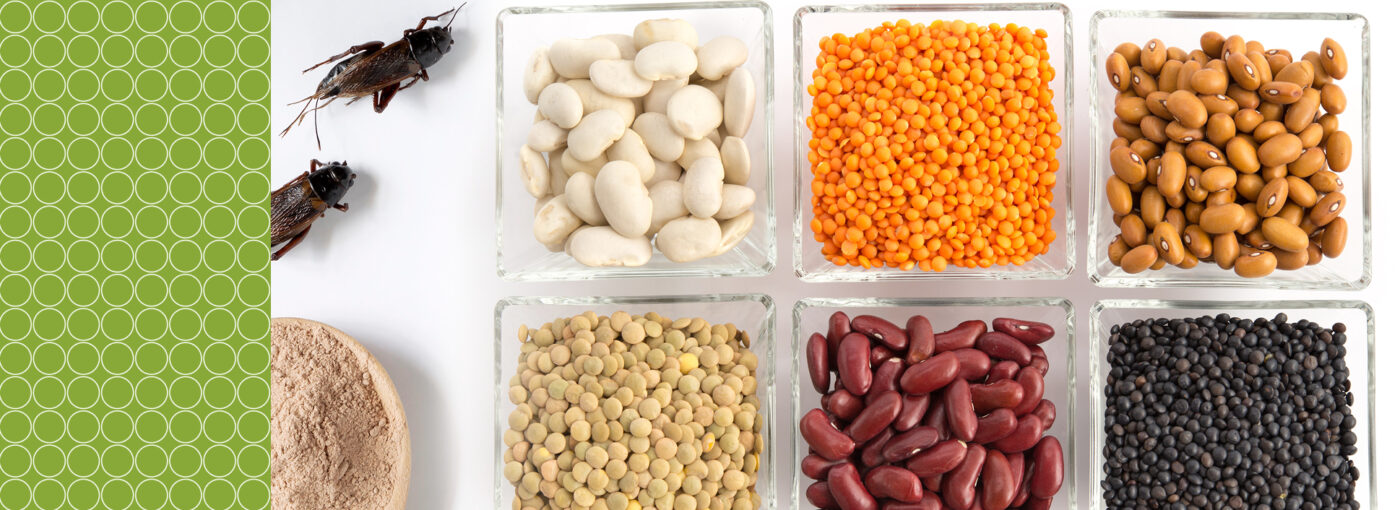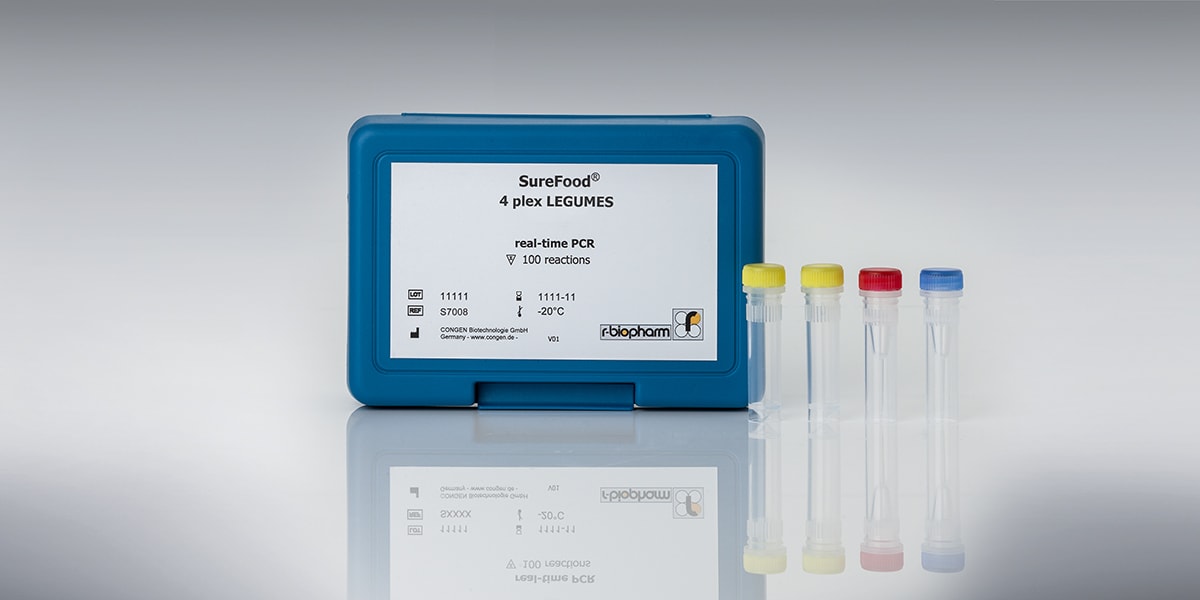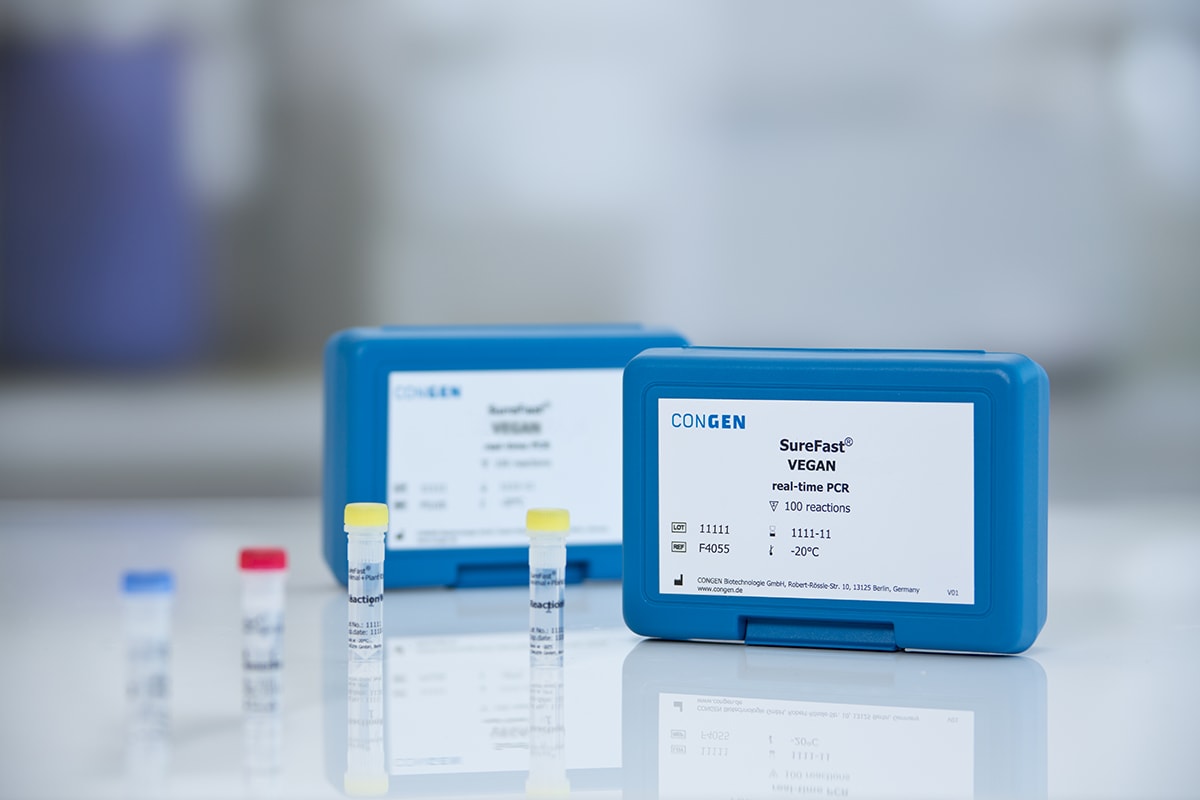
Recent news in Food & Feed Analysis
- Home
- /
- Alternative proteins in the...
Alternative proteins in the vegan diet

Whether vegan, vegetarian or flexitarian: more and more people are reducing their meat consumption or doing without animal foods completely. In order to meet the protein requirement even without animal products, various alternative protein sources are available.
Alternative proteins are considered sustainable, healthy and better for the environment and animal welfare. There are numerous protein-rich plant foods, including peas, lentils, beans, chickpeas, soy, lupins, canola, nuts, mushrooms or algae. There are also protein-rich alternatives for cereals, such as quinoa or amaranth.
Legumes
Protein from peas and beans in particular is considered an innovation driver in the food industry, as these are not (so far) considered allergens and are therefore not subject to mandatory allergen labeling. Many vegan substitute products contain peas or beans in the form of isolated or concentrated protein. Thus, it can be used in a variety of ways and can be added to vegan burger patties, sausages or fish sticks, for example.
However, isolated or concentrated pea protein carries an allergy risk. The increased use of pea protein could make allergies to peas more common, and the often high protein content in vegan substitute products can cause allergic reactions to be severe. In addition, since the origin of the protein in this form is no longer easily identifiable, it may be necessary to test the food to determine whether it contains peas, beans or other legumes. The 4plex Legume PCR test is suitable for this purpose.
Insects
In addition to the well-known protein sources, there are also novel protein sources: Insects, for example, are becoming increasingly popular as a food. Insects can be eaten whole as a snack, but in the Western world they are mostly added in ground form to various foods as an ingredient. For example, cookies, protein bars, chocolate, crackers, pasta, bread, baking mixes, muesli or meat substitutes with (low) insect content are available.
However, insects also harbor an allergy risk: although they are not (as yet) among allergens subject to mandatory labeling, cross-reactions are quite common. Many people who are allergic to crustaceans or dust mites show similar reactions when eating insect protein. An allergy statement to this effect must be displayed in close proximity to the ingredient list. To verify whether a product contains insects, laboratories can test the food for insect DNA using a PCR test.
Conclusion
Alternative protein sources can be a healthy and sustainable addition to the diet, but food manufacturers should remember that there is always a potential allergy risk. Allergy testing is essential to ensure safe foods.



